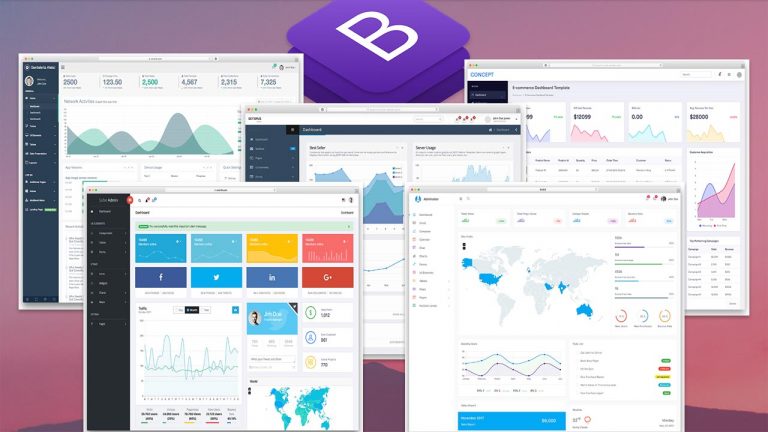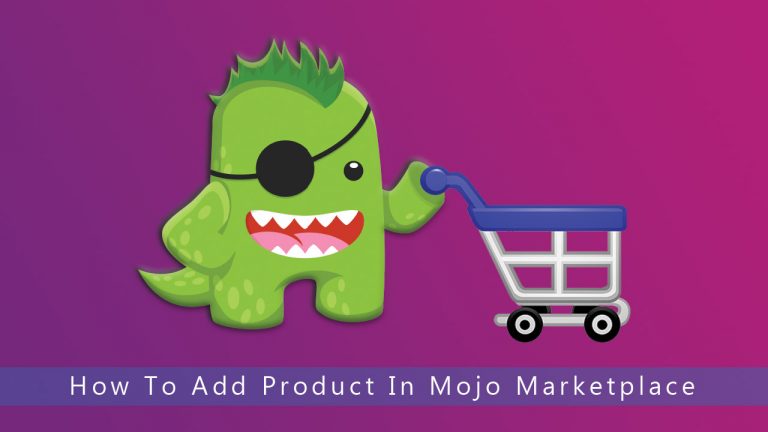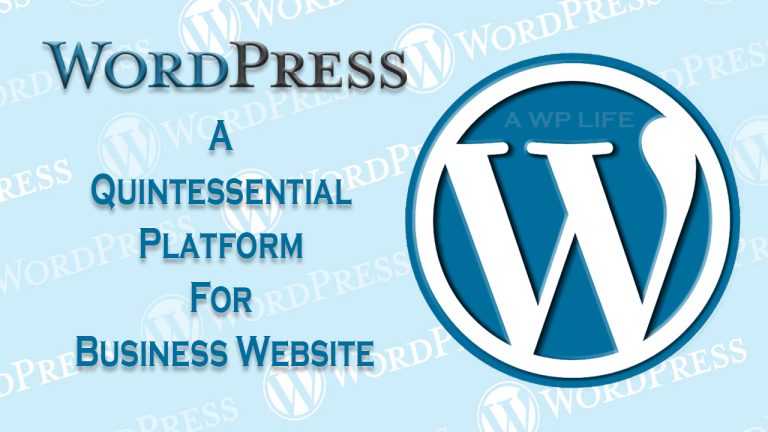When it comes to selecting a CMS platform, one of the key decisions you'll face is choosing between open-source and proprietary options. Open-source CMS platforms, such as WordPress, Joomla, and Drupal, are built and maintained by a community of developers, while proprietary CMS platforms, like Adobe Experience Manager, Sitecore,…








